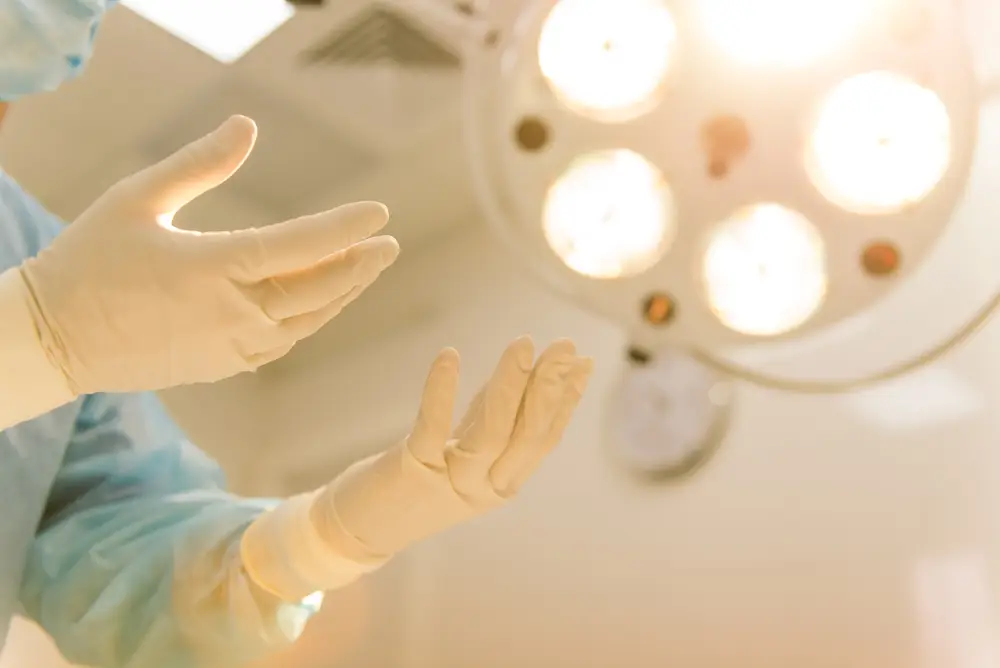With a dramatic increase in the number of advertisements and social media discussions, the concept of “minimally invasive surgery” – especially spine surgery – has become a hot topic. Experts in back surgery such as Dr. Michael Hisey of Texas Back Institute know that in many cases the hype is more about marketing than about medicine.
What is Minimally Invasive Surgery?
In a recent discussion, Dr. Hisey noted that the trend toward less invasive procedures in surgery has always been a guiding principle of Texas Back Institute for the past 35 years. “However over the past 10 to 15 years, this term – minimally invasive – has gained popularity,” he said.
Since the first efforts to correct injuries or disease of the spine were made, over 50 years ago, surgery was recognized as potentially destructive to the structures of the spine. However, this was a necessary means to an end.
In order to gain access to the spine to complete procedures such as decompressing nerves, removing herniated discs, thickened ligaments, cysts and bone spurs, back surgeons are required to dissect muscle off the vertebrae. While this can cause damage to joints and muscles and cause scarring around the nerves, it was necessary to address the patient’s problem.
Other collateral damage resulting from surgery were risks as well, such as the spine being weakened when ligaments that hold the vertebrae together needed to be removed. Vertebral bones, including parts of joints, were removed in order to allow the surgeon access to the spine. This also weakened the spine and often caused scarring which led to further irritation and compression of the nerves.

Every physician at Texas Back Institute is dedicated to pursuing minimally invasive surgery, in every phase of a patient’s treatment. Why? It’s one of the core philosophies of our practice. While there are many techniques and approaches, along with many high-tech tools used for minimally invasive surgery, all are centered around the core philosophy, to always perform the least invasive procedures possible
In fact, the surgeons at Texas Back Institute have pioneered many of the minimally invasive techniques which are used today. “Our physicians are always looking for avenues to advance minimally invasive spine surgery, ” says Dr. Hisey.
Common Misconceptions about Minimally Invasive Procedures
With all of the marketing noise about this minimally invasive surgery, what challenges do physicians and back surgeons face with patient expectations? Dr. Hisey says, “Many patients believe minimally invasive surgery can fix bigger problems than it really can. Unfortunately, not every back injury or pain from degenerative disease can be corrected with this type of surgery.”
“Patients are also surprised when we discuss the procedure and they learn there may not be a laser involved in the surgery. There are many techniques, but the use of a laser is not always a part of the procedure. Plus, this surgery is not less expensive to perform than traditional surgery. It takes a great deal of training and often specialized equipment for a surgeon to be able to perform minimally invasive surgery. This is often reflected in the expense of the procedure,” Dr. Hisey noted.
What Types of Back Problems Are Best Treated by this Surgery?
There are several conditions that lend themselves to minimally invasive surgery. Dr. Hisey notes, “Patients who have been diagnosed with a herniated disc are good candidates for this type of procedure.”
The American Academy of Orthopedic Surgeons notes that “a high percentage of back pain and leg pain is caused by a herniated disc.” The discs in the spine act as “shock absorbers” for the vertebrae and when wear and tear or injury causes them to herniate, intense pain in the back or legs occur.
“Spondylosis can also be treated effectively with minimally invasive surgery,” Dr. Hisey said. “This condition is the result of degenerative osteoarthritis of the joints between the spinal vertebrae. When it’s severe, it can put pressure on the nerve roots causing pain and muscle weakness.”
Advantages/Disadvantages of Minimally Invasive Procedures
“Because there is less damage to muscles, tendons and ligaments around the spine during a minimally invasive procedure, the recovery time for surgery is much quicker. Additionally, there is less blood loss and tissue damage” Dr. Hisey noted. However, there are also disadvantages to this procedure. “It might not be able to remove or correct all of the damaged tissue.”
Why Choose Texas Back Institute for Back Procedures?
With so much marketing information and often unreasonable claims about minimally invasive surgery, many people with back pain are trying to research every option. Basing a potential life-threatening or, at the very least, life-altering decision such as spine surgery on a Google search should be done with extreme caution.
Dr. Hisey concludes, “For more than 35 years, our practice at Texas Back Institute has been based on doing what is best for our patients, not what currently popular procedure is featured on a TV spot. When it’s appropriate, and based on the expert diagnosis of our spine specialists, minimally invasive surgery will be advised. However, this decision will never be based on ‘what’s hot’ in the media.”
When searching for a procedure to eliminate chronic neck or back pain, the Latin expression – caveat emptor which translates to “Let the buyer beware” – is appropriate. The spine specialists at Texas Back are constantly researching surgical methods which are minimally invasive. For us, this is not a fad. It’s the foundation of our practice.


